Understanding the Importance of Circuit Board Assembly in Modern Electronics
The rapid advancement of technology has made circuit board assembly a pivotal aspect of modern electronics, underpinning everything from consumer gadgets to sophisticated industrial machinery. According to the IPC (Association Connecting Electronics Industries), the global market for electronics manufacturing is projected to reach $1 trillion by 2025, with a significant portion driven by innovations in circuit board assembly processes. This critical manufacturing step not only impacts the performance and reliability of electronic devices but also plays a crucial role in cost efficiency and time-to-market for new products. As the complexity of electronic designs continues to increase, the demand for high-quality circuit board assembly has intensified, prompting manufacturers to adopt advanced techniques and automated solutions to ensure precision and scalability. Ultimately, understanding the significance of circuit board assembly is essential for anyone involved in the electronics industry, as it directly influences product quality, competitiveness, and sustainability in an ever-evolving marketplace.
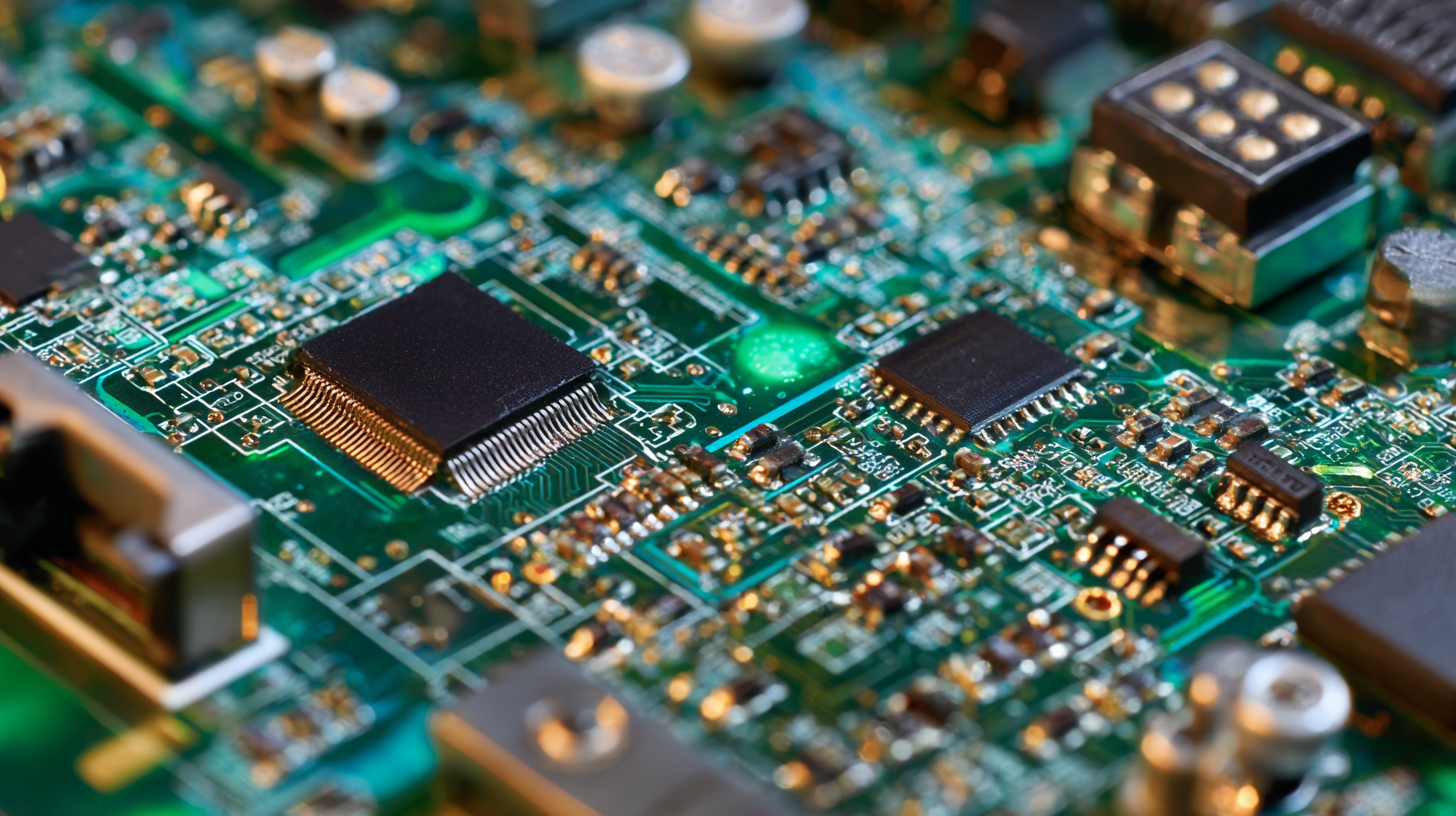
The Critical Role of Circuit Board Assembly in Today's Electronic Devices
Circuit board assembly (CBA) plays a pivotal role in the functionality and reliability of today’s electronic devices. As the underlying foundation for almost all electronic systems, the assembly process influences the performance and longevity of products ranging from smartphones to sophisticated medical equipment. Each circuit board acts as a connective tissue, linking various components like microprocessors, sensors, and power supplies, enabling them to work in unison to perform complex tasks.
Moreover, the efficiency of circuit board assembly significantly impacts the overall production cost and time to market for electronic devices. As technology advances, manufacturers are increasingly adopting automated assembly techniques to ensure precision and consistency. This transition not only improves the quality of the final products but also enhances scalability, allowing companies to meet growing consumer demands effectively. Ultimately, the critical role of circuit board assembly cannot be overstated, as it fundamentally shapes the evolution of modern electronics and their ability to deliver innovative solutions across diverse industries.
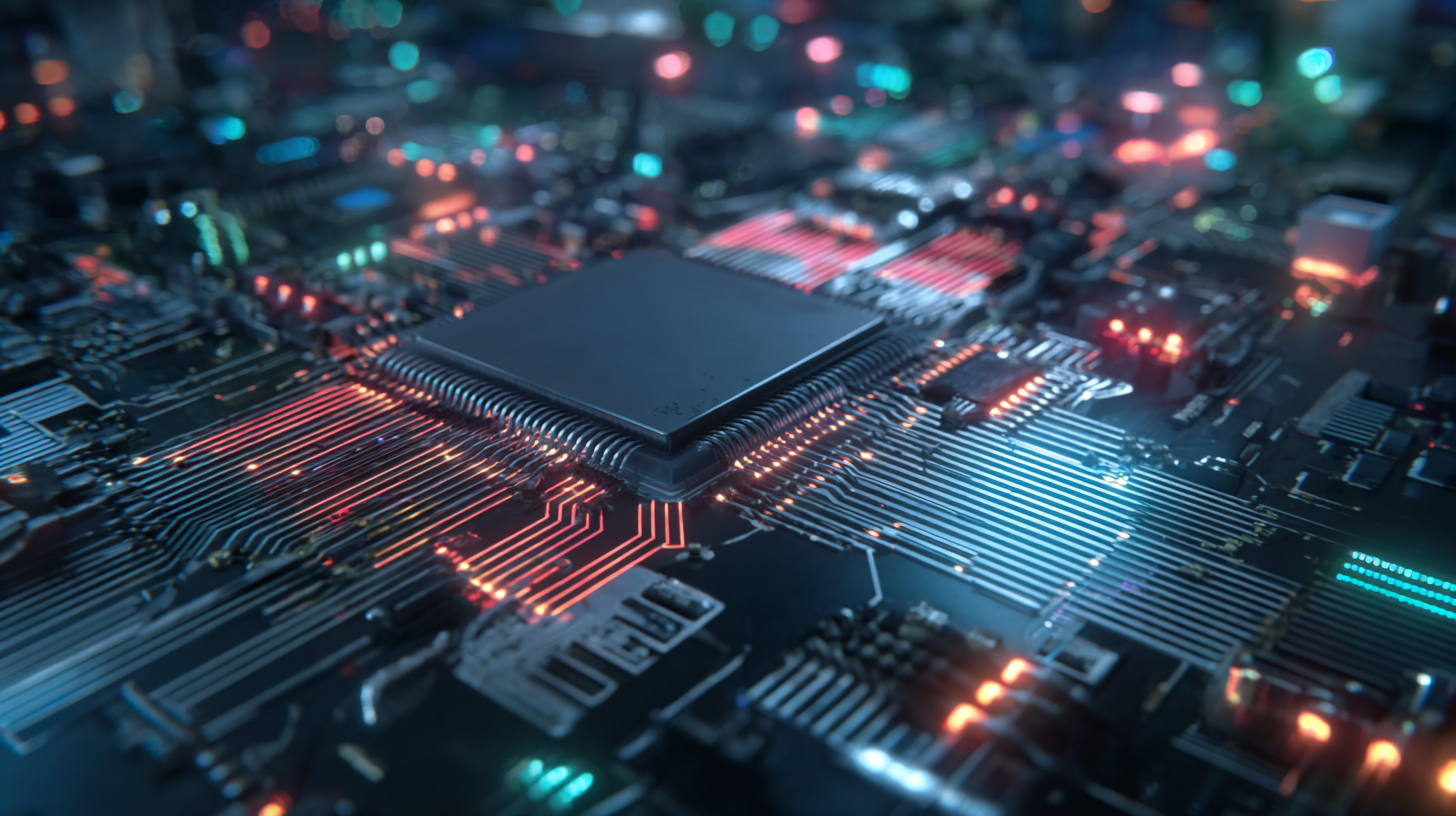
Key Benefits of Efficient Circuit Board Assembly Processes
Efficient circuit board assembly (CBA) processes play a crucial role in modern electronics, impacting production time, cost, and product quality. According to a report by Technavio, the global PCB assembly market is expected to grow at a compound annual growth rate (CAGR) of 4.5% from 2021 to 2025, underscoring the rising demand for streamlined assembly processes. When manufacturers invest in efficient assembly techniques, they often experience a significant reduction in assembly time and a marked improvement in the reliability of their products.
Tip: Adopting automated assembly technologies can drastically reduce the error rate and enhance production speed. Studies have shown that automation can decrease assembly time by up to 50%, leading to faster time-to-market for new electronic products.
Moreover, efficient circuit board assembly not only lowers operational costs but also fosters innovation. A report from IPC indicates that manufacturers who implement best practices in their assembly workflows can reduce production costs by as much as 30%. This efficiency enables companies to allocate resources toward research and development, paving the way for groundbreaking advancements in electronics.
Tip: Conduct regular training sessions for your assembly team to keep them abreast of the latest techniques and technologies, ensuring continuous improvement and efficiency in your CBA processes.
The Impact of Circuit Board Assembly Quality on Product Performance
Circuit board assembly (CBA) plays a critical role in the performance and reliability of modern electronic devices. The quality of CBA directly impacts how well a product functions, as any flaws in the assembly process can lead to malfunctions or failures in the end product. As electronics continue to advance and become more intricate, ensuring high-quality CBA is paramount for manufacturers looking to meet consumer expectations and maintain a competitive edge.
Tips for improving circuit board assembly quality include investing in advanced soldering techniques and automated assembly processes. Proper training for assembly workers is also essential; they should be well-versed in identifying potential issues before they escalate. Additionally, performing regular inspections and adhering to industry standards can help catch mistakes early in the assembly process, ultimately enhancing product reliability.
Moreover, selecting high-quality materials can make a significant difference. For instance, using superior solder and substrates reduces the likelihood of defects. Manufacturers should prioritize partnerships with trusted suppliers to ensure that all components used during the CBA process meet rigorous quality standards. This proactive approach not only boosts product performance but also strengthens brand reputation in the competitive electronics market.
Impact of Circuit Board Assembly Quality on Product Performance
Trends Shaping the Future of Circuit Board Assembly Technology
The future of circuit board assembly (CBA) technology is being shaped by several transformative trends that emphasize efficiency, miniaturization, and sustainability. One significant trend is the increasing adoption of automation and robotics in the assembly process. Automated systems enhance precision and speed, reducing human error and increasing production capacity. This trend is particularly important as the demand for faster turnaround times in electronic manufacturing continues to rise, allowing companies to keep pace with rapid market changes.
Another noteworthy trend is the shift towards more sustainable practices in CBA. As environmental concerns gain traction, manufacturers are increasingly prioritizing eco-friendly materials and processes. This includes the use of lead-free solder and recyclable components, minimizing waste, and implementing energy-efficient practices in production. Additionally, advancements in technology, such as artificial intelligence and machine learning, are facilitating smarter assembly processes, enabling predictive maintenance, and optimizing supply chain management. These innovations not only benefit the environment but also enhance operational efficiency, positioning companies competitively in the dynamic electronics landscape.
Understanding the Importance of Circuit Board Assembly in Modern Electronics - Trends Shaping the Future of Circuit Board Assembly Technology
| Trend | Description | Impact on Circuit Board Assembly | Projected Growth (%) |
|---|---|---|---|
| Automation | Increasing use of robots and automated systems in assembly lines. | Improved efficiency and reduced labor costs. | 25% |
| Miniaturization | Components are becoming smaller and more compact. | Challenges in assembly processes and the need for precision. | 20% |
| Sustainable Practices | Focus on eco-friendly materials and processes. | Increasing demand for sustainable PCB production methods. | 30% |
| IoT Integration | Growing need for PCBs that support Internet of Things devices. | Increased complexity in assembly due to connectivity needs. | 35% |
| Flexible PCBs | Rise of flexible and conformable circuit designs. | Broader application in wearables and compact devices. | 40% |
How Circuit Board Assembly Supports Innovation in Electronics
In the fast-evolving landscape of modern electronics, circuit board assembly (CBA) plays a pivotal role in fostering innovation. As technology advances, CBA enables the integration of complex components, paving the way for the development of smart devices, IoT applications, and cutting-edge solutions that enhance functionality and efficiency. The seamless assembly of circuit boards not only optimizes performance but also accelerates time-to-market, allowing businesses to stay competitive in a crowded marketplace.
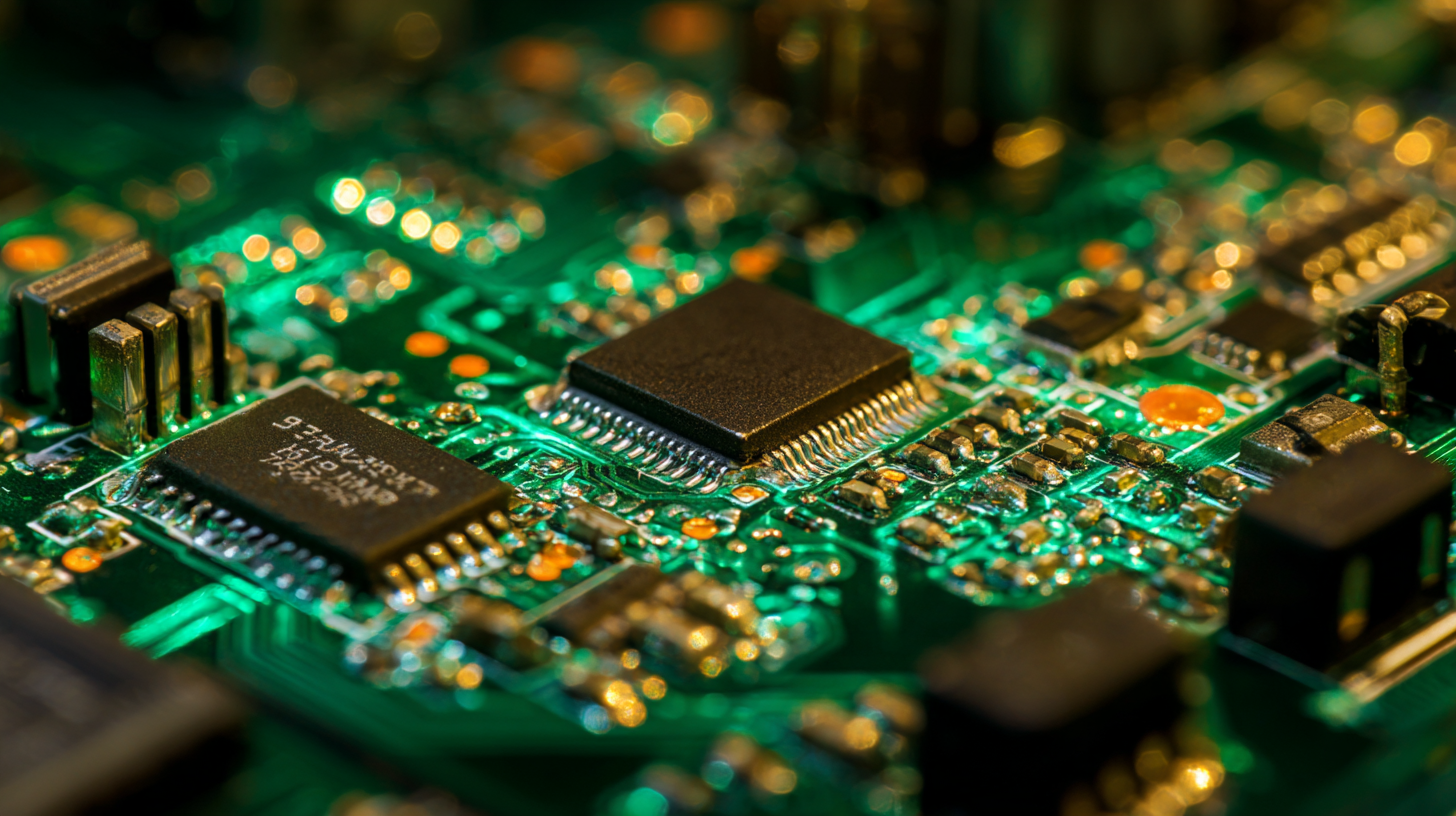
To thrive in this dynamic field, companies must stay informed about the latest manufacturing trends. With the emergence of AI-driven automation, like those being developed by startups focused on circuit board repair, manufacturers can significantly improve their operational efficiency and reduce costs. By embracing these innovations, businesses can redirect resources towards research and development, further driving the cycle of innovation.
Tips for success include:
- Continuously invest in training your workforce on new technologies.
- Actively engage in partnerships with tech startups to leverage emerging trends.
- Regularly evaluate your supply chain to ensure it supports the latest manufacturing standards.
Related Posts
-

Understanding the Impact of Printed Circuit Board Assembly on Today's Electronics Industry and Market Growth
-
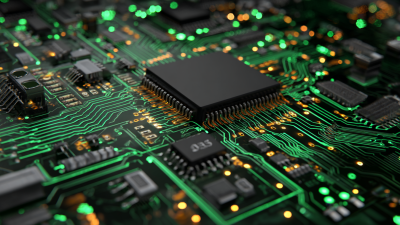
Understanding the Fundamentals of Circuit Board Design for Beginners
-
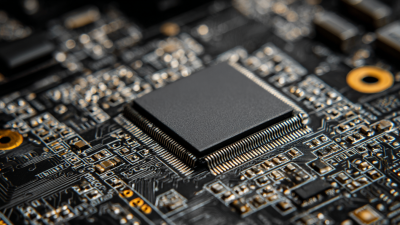
Unlocking Efficiency: The Future of PCB Production Techniques in Modern Electronics
-

Master the Art of Circuit Design Software for Innovative Electronics Solutions
-
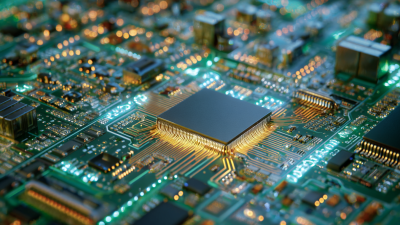
Transforming Industries: The Future of PCB Production and Its Impact on Technology
-
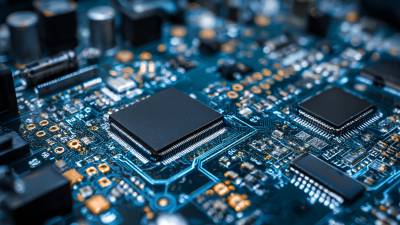
Innovative Trends in PCB Printing That Will Transform the Electronics Industry
